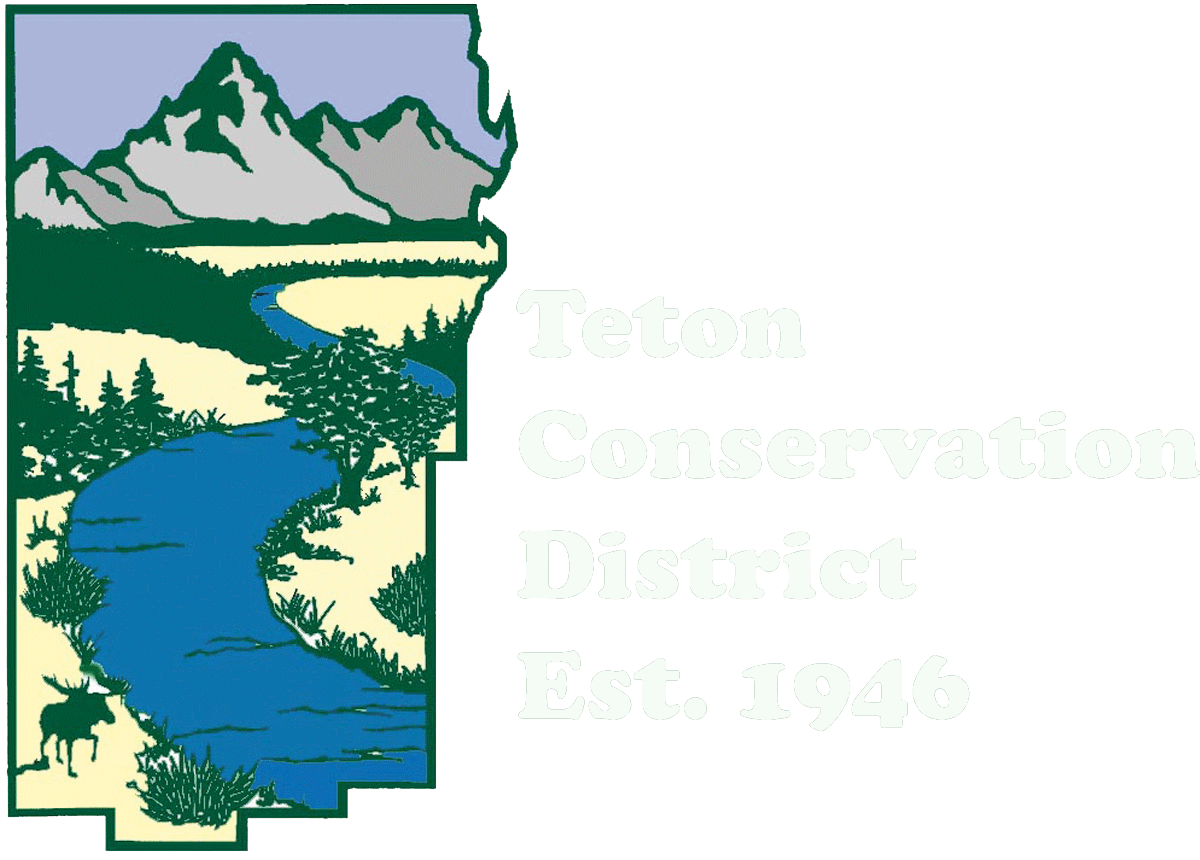Pneumonia is often the culprit for massive bighorn sheep population crashes. But infected herds can experience very different population trends—some continue to decline, some undergo crash-recovery cycles, and some are able to tolerate it without significant mortality. Why?
With funding support from Teton Conservation District, Brittany Wagler and Rachel Smiley, graduate students at the University of Wyoming, and their advisor, Dr. Kevin Monteith, have been studying whether nutrition may be at play. Their work focuses on the Whiskey Mountain (Dubois), Jackson, and Cody bighorn sheep herds, which all hold the same bacterial pathogens associated with pneumonia but have much different population trends.
Brittany and Rachel are tracking presence of pathogens, nutritional condition, reproduction, adult and lamb survival, mortality causes, and forage conditions of individuals over time. Conclusions have not been drawn from their research yet, but they’re working to disentangle the relative roles of each of those factors in crashes and recoveries of bighorn sheep populations. When complete, their research will improve our understanding of pneumonia, help develop management options for bighorn sheep, and ultimately, further mountain sheep conservation.
Photo credits: monteithshop.org




